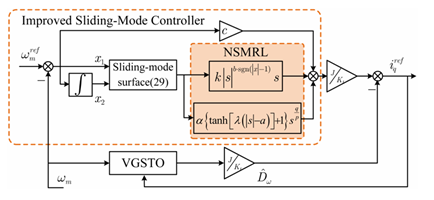
Researchers from the Changchun Institute of Optics, Fine Mechanics and Physics, Chinese Academy of Sciences, together with collaborators at the University of Chinese Academy of Sciences and NIMTE, reported a robust speed-control strategy for permanent magnet synchronous motors (PMSMs) in IEEE Transactions on Power Electronics. The paper introduced a new sliding-mode reaching law (NSMRL) and a variable-parameter generalized super-twisting observer (VGSTO), forming an improved sliding-mode controller (ISMC) that enhanced transient response and disturbance rejection while suppressing chattering.
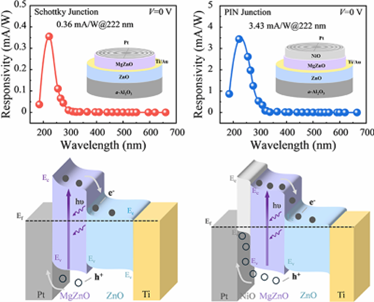
Researchers from the Changchun Institute of Optics, Fine Mechanics and Physics, Chinese Academy of Sciences, report self-powered far-UVC photodetectors based on cubic-phase MgZnO (c-MgZnO) in ACS Applied Materials & Interfaces. The team realized two device types—a Schottky junction and a PIN heterojunction—that operated at zero bias with nanosecond response and stable performance at high temperature.
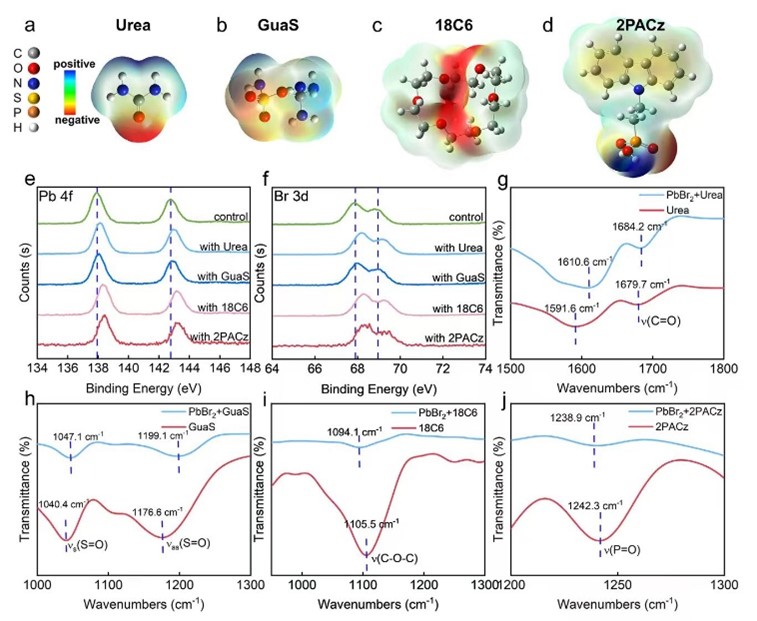
Researchers from the School of Electronics and Information Engineering at Hebei University of Technology and the State Key Laboratory of Luminescence Science and Technology at the Changchun Institute of Optics, Fine Mechanics and Physics, Chinese Academy of Sciences, report how to balance defect passivation with the quantum confinement effect (QCE) in ligand-free blue perovskite emitters. The study appears in Laser & Photonics Reviews and shows that selecting weakly coordinating additives enables efficient, spectrally stable, sky-blue CsPbBr₃ light-emitting devices while avoiding the redshift that often accompanies strong passivation chemistry.
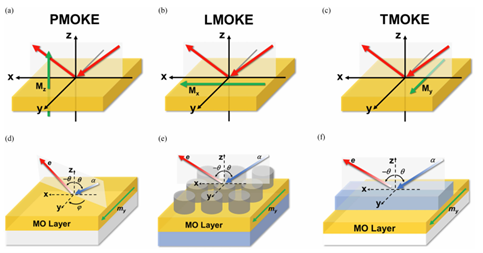
Researchers from the GPL Photonics Laboratory at the Changchun Institute of Optics, Fine Mechanics and Physics, Chinese Academy of Sciences, together with the University of Chinese Academy of Sciences, reported a route to unpolarized nonreciprocal thermal emitters in the IEEE Journal of Selected Topics in Quantum Electronics. The work explains why nonreciprocity—traditionally restricted to a single polarization under the transverse magneto-optical Kerr effect (TMOKE)—can be achieved for both polarizations, and it demonstrates device designs that enhance nonreciprocal radiative heat transfer.
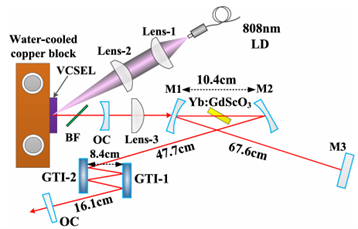
Researchers from the Changchun Institute of Optics, Fine Mechanics and Physics, Chinese Academy of Sciences, report self-powered far-UVC photodetectors based on cubic-phase MgZnO (c-MgZnO) in ACS Applied Materials & Interfaces. The team realized two device types—a Schottky junction and a PIN heterojunction—that operated at zero bias with nanosecond response and stable performance at high temperature.

Optics Communications, published by Elsevier, has released a study from the Changchun Institute of Optics, Fine Mechanics and Physics, Chinese Academy of Sciences, presenting a new method to design high-performance photonic devices for a promising material platform, thin-film lithium niobate on insulator (LNOI).
